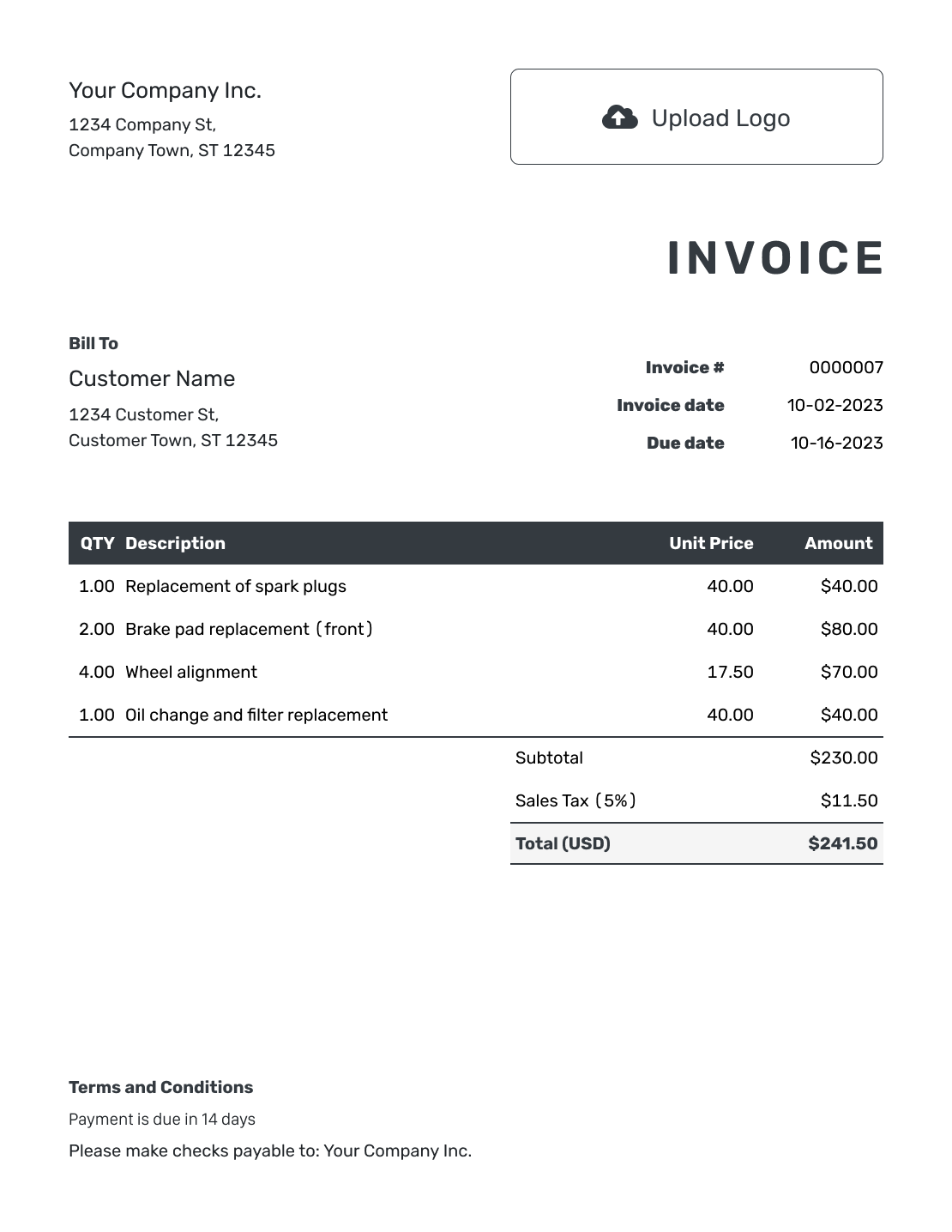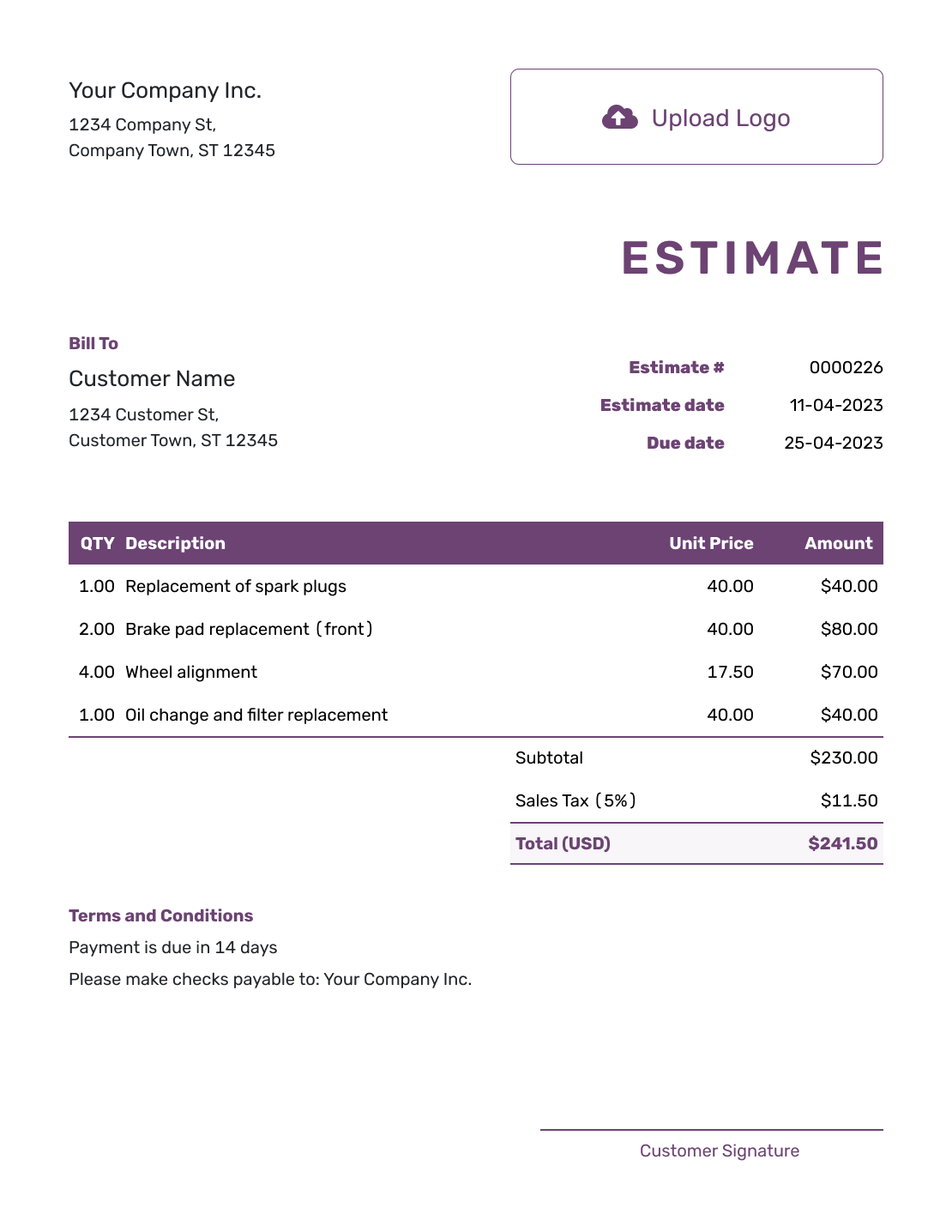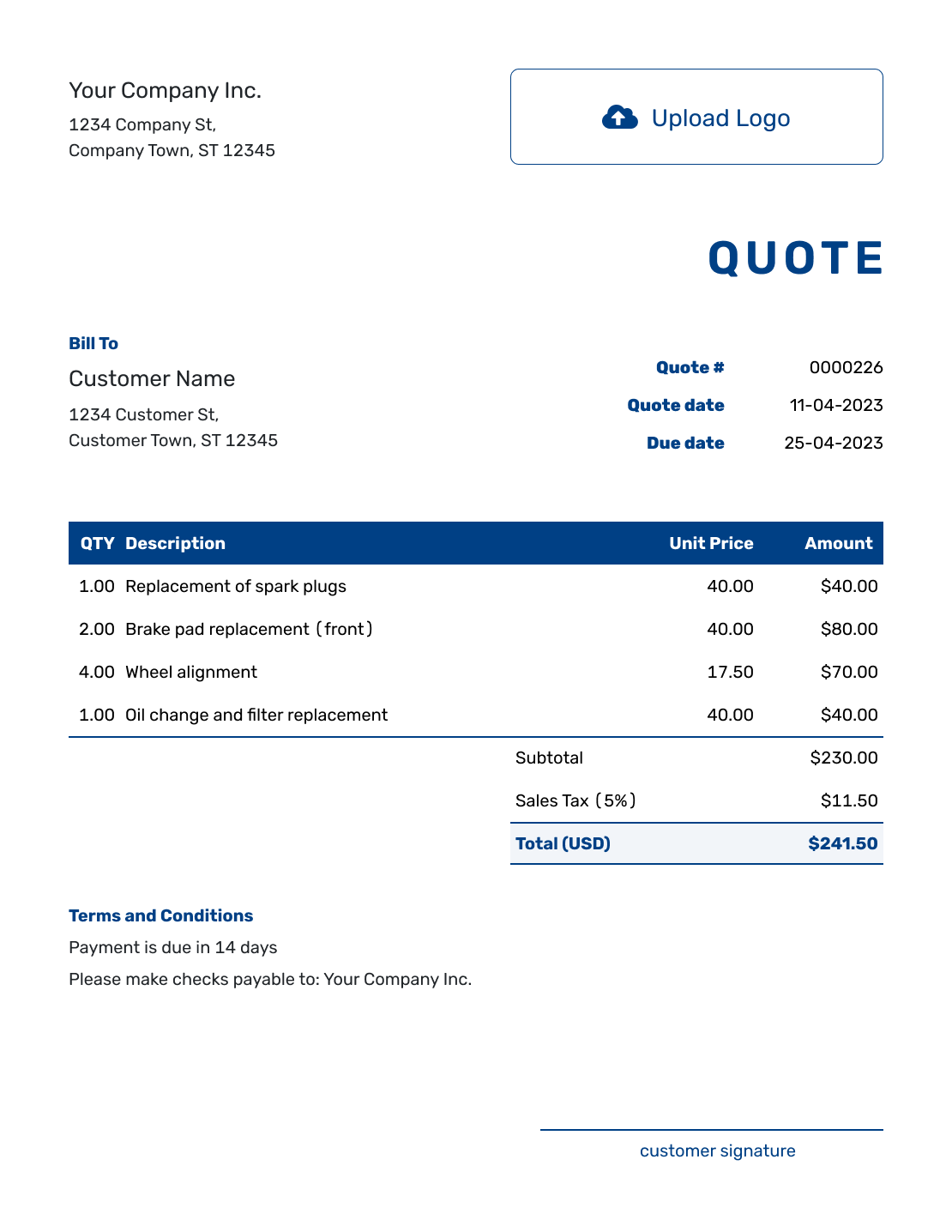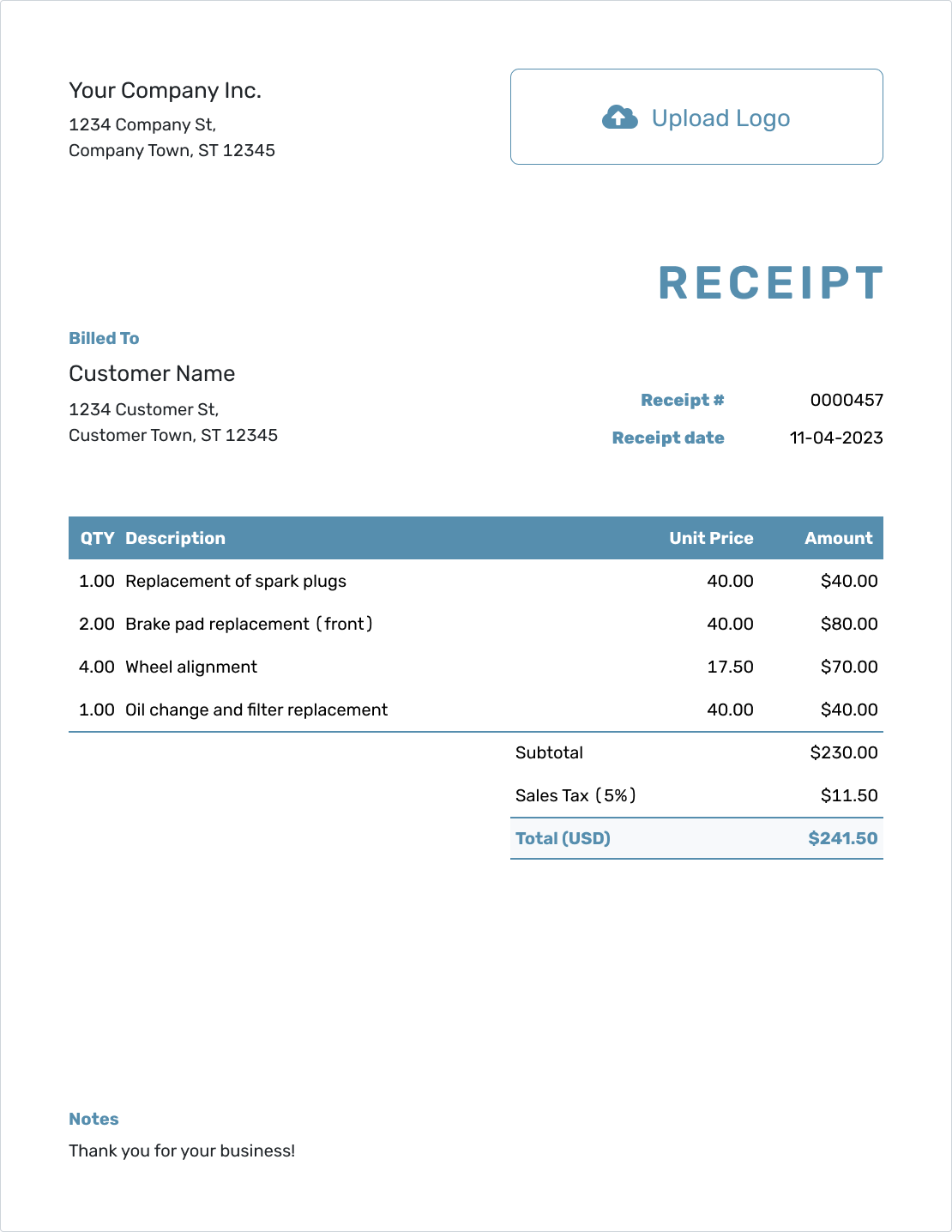Understanding
Owner's Draw
Est. reading time: 6 min

The term "owner's draw" might sound formal, but it’s really just a way for small business owners to pay themselves. If you own a sole proprietorship or partnership, you don’t get a paycheck like regular employees. Instead, you take money directly from your business’s earnings—this is called an owner’s draw.
What Is an Owner's Draw?
An owner’s draw is money you take from your business for personal use. It’s not the same as a salary, which is a fixed amount paid on a schedule. Instead, it’s a flexible way to take what you need, when you need it, from your business’s profits.
For example, if your business has $10,000 in profit after covering all expenses, you could take $2,000 out as an owner’s draw. The rest stays in the business to cover future expenses or growth.
How Does It Work?
Not all businesses use owner’s draws. They’re common in certain business types:
- Sole proprietorships: Since the business and owner are legally the same, taking a draw is straightforward.
- Partnerships: Each partner can take their share of the profits as a draw, based on the partnership agreement.
- LLCs (Limited Liability Companies): Single-member LLCs often use owner’s draws, while multi-member LLCs work similarly to partnerships.
On the other hand, corporations don’t use owner’s draws. Instead, owners get paid through salaries or dividends.
How to Take an Owner’s Draw
Taking a draw is usually simple:
- Check your business funds: Ensure your business has enough money to cover expenses before withdrawing.
- Withdraw the money: Transfer funds from your business account to your personal account.
- Record it: Keep track of all draws for tax and accounting purposes.
Tips for Managing Owner's Draws
Taking an owner’s draw can be easy, but managing it wisely is key to keeping your business and personal finances on track. Here are some tips:
- Separate business and personal finances: Always keep a dedicated business account to track income and expenses clearly.
- Don’t overdraw: Make sure your business has enough money left to pay bills and invest in growth.
- Plan for taxes: Unlike a salary, draws don’t have taxes withheld. Set aside money to cover your tax bill.
- Keep records: Use tools like invoices and receipts to track your business’s financial health. These help you know how much profit is available for draws.
Remember, consistency is key. Regularly reviewing your finances ensures you’re taking draws responsibly and not jeopardizing your business’s future.
The Docelf Advantage
Managing your finances becomes a breeze with Docelf. While we focus on invoicing, estimates, and quotes, these tools indirectly support managing owner’s draws by helping you stay organized and on top of your business income. With Docelf, you can:
- Track your income: Clear and professional invoices help you know how much your business earns.
- Record payments: See what’s been paid and what’s still outstanding, so you know when it’s safe to take a draw.
- Stay professional: Customizable templates keep your brand looking sharp, building trust with clients and encouraging prompt payments.
Ready to simplify your invoicing and stay on top of your business finances? Try Docelf today!




